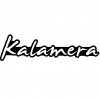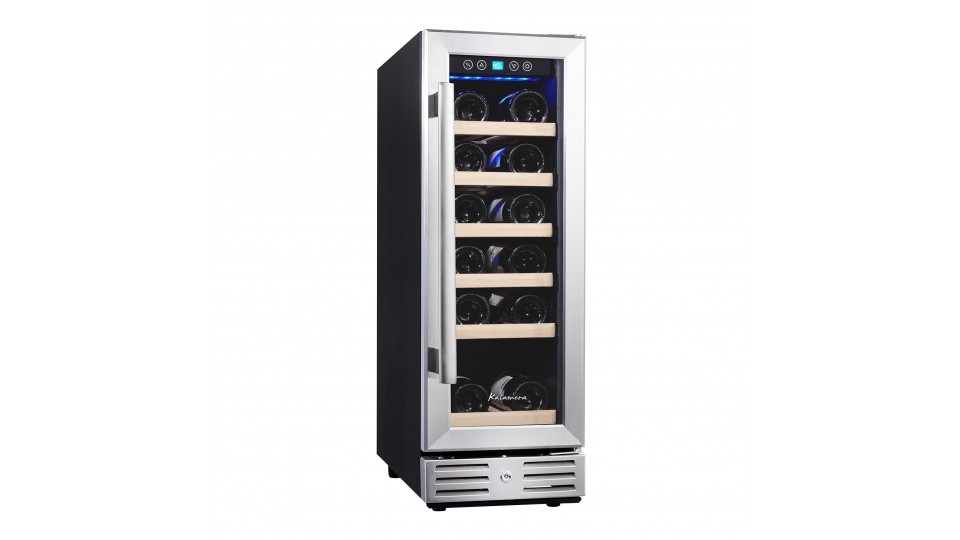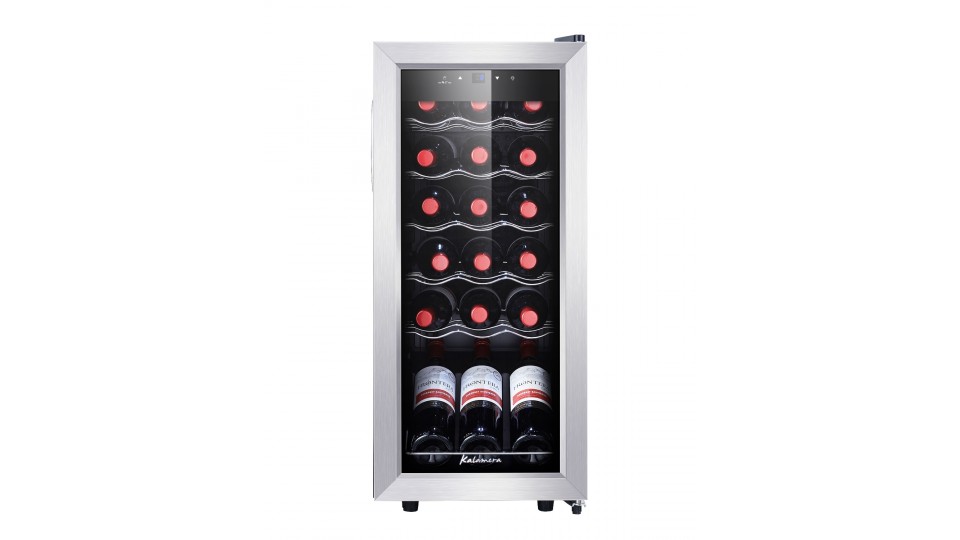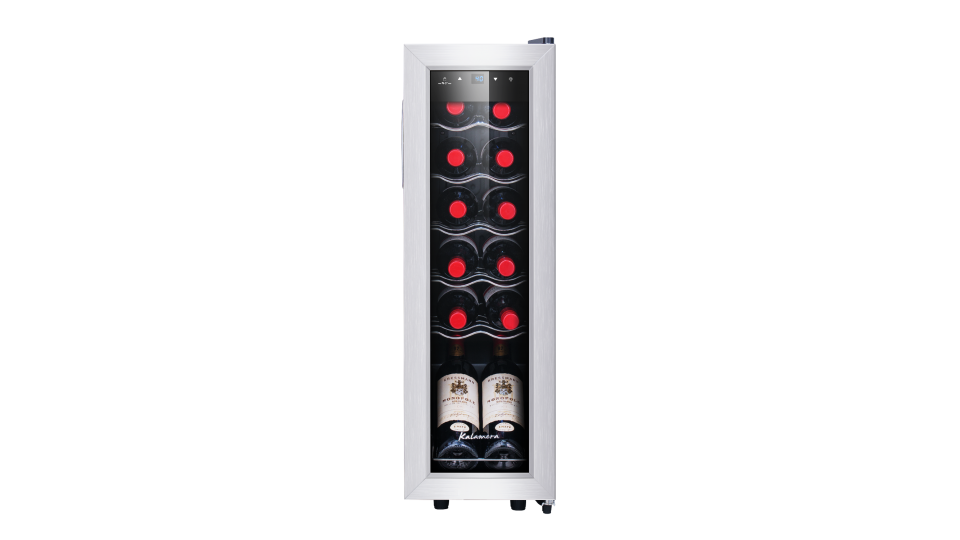For those who like to entertain, accommodation is not just about the company of family and friends. It is also a matter of presentation. Have the music at the right volume. Providing just enough seating, strategically placed to encourage conversation. And of course the perfect food and drink. However, good food and drink require proper storage and preparation beforehand. There's nothing more conducive to entertainment than a custom home bar. Choosing the appliances that meet your individual needs, the décor that suits your style, even the lighting that suits the space, it all comes down to your personal preferences. Perhaps most important is knowing how to store your drinks, as this separates the amateurs from the seasoned entertainers.
When you start building your home bar, start with a plan. Ask yourself some basic questions to assess your needs. What kind of drinks do you and your guests consume most often? Is it beer or wine? A combination of the two? Is there a beer you'd like to keep on tap? How much ice do you use? Would it be more convenient to have a dedicated fridge for adult beverages?
Components of a Home Bar
The basic elements of a home bar are usually: refrigeration (perhaps several types depending on your beverage tendencies), sink and faucet, seating, accent lighting, and décor.
Wine cellars
Wine storage can be a contentious topic. But it is generally accepted that it should be stored in a cool, dry and dark place (preferably under 70 degrees), and also that it should be stored horizontally. The first consideration when choosing a wine cooler is whether you need a single zone or a dual zone. If your preferences lean towards a single varietal, a single zone will do. If you are storing both red and white, you will need a dual zone chiller, as these wines are stored at different temperatures.
Wine cabinets allow the wine lover to store bottles horizontally. The temperature can be adjusted according to the owner's preference, and they are available in several sizes.
Wine cellars are either freestanding or built-in. Freestanding units should not be installed under a counter, as they require ventilation. Built-in units are front-vented and fit perfectly inside your bar, sitting at counter height.
Beverage Coolers
A beverage center is designed to store multiple types of beverages. Temperatures and type of storage may differ even within the same center. This is just one feature that sets a beverage center apart from a compact refrigerator. Beverage centers also tend to have tempered glass doors for easy viewing of contents. Beverage centers are a great place to store sodas, beer, water, and other beverages in addition to wine and other liquor.
Compact refrigerators
Compact refrigerators are a very practical element of a home bar. They are the perfect place to store lemons, limes, and herbs for drinks, in addition to finger foods like cheeses or dips commonly found in a home bar. Drinks can also be stored here, which proves the usefulness of the compact refrigerator.
Ice machines
Any accomplished artist knows that you can never have enough ice cream. Ice makers come in many different sizes, from portable and freestanding to under-counter and commercial.
Portable sizes can be stored out of sight when not in use, but can produce ice in as little as 20 minutes if needed. Freestanding sizes are larger and take up more space, but can produce significantly more ice.
Design your space
When designing your space, there are quite a few things to consider. Are you planning to set up your bar outside? On the inside? Going for a classic bar look? Also take into account the number of people you usually receive at the same time.
A classic bar look is always a favorite, and there are many ways to go with this style.
Installing a bar sink and faucet into an existing space may be the easiest way to create a home bar. Creating a new space is an opportunity to do something from scratch, from the tiles to the sink!
Article by Ezinearticle,if there is any infringement, please contact to delete










